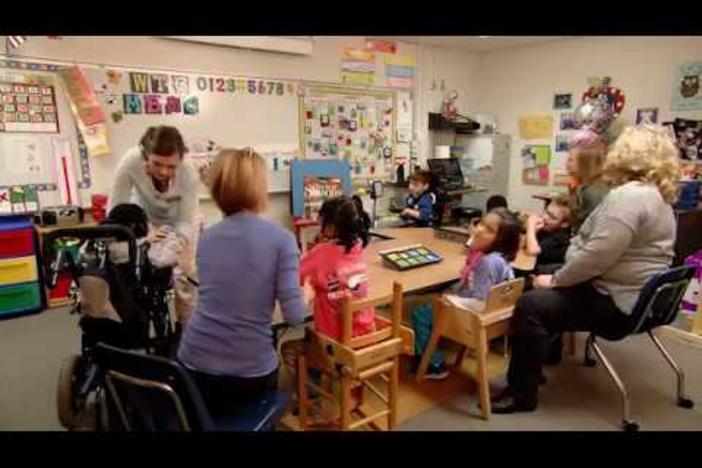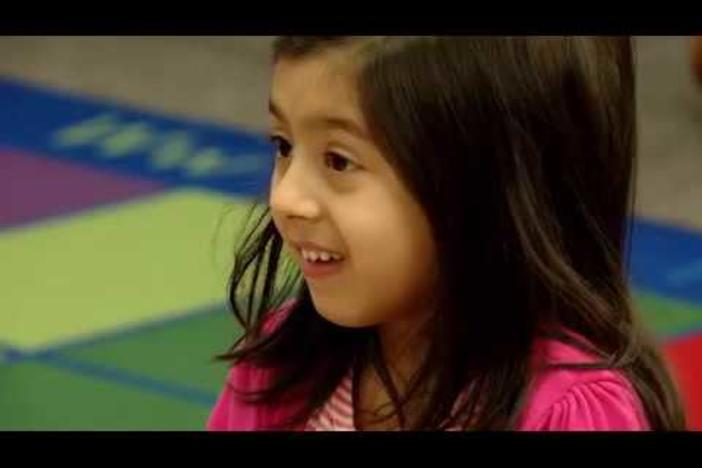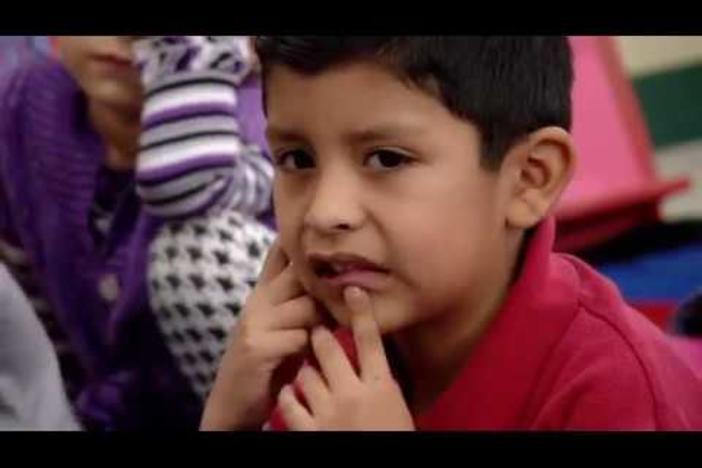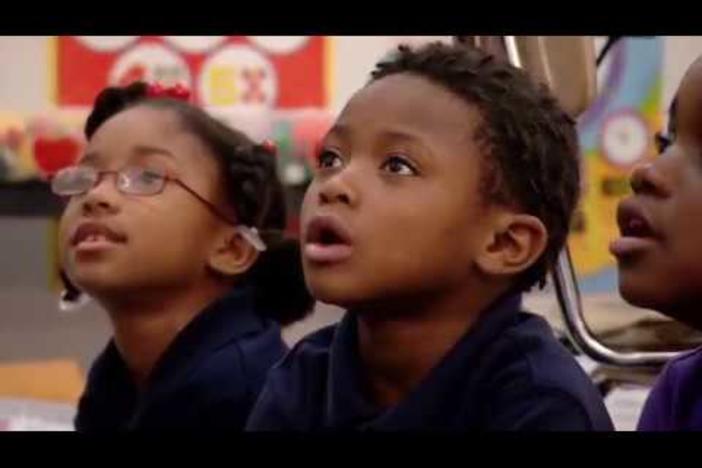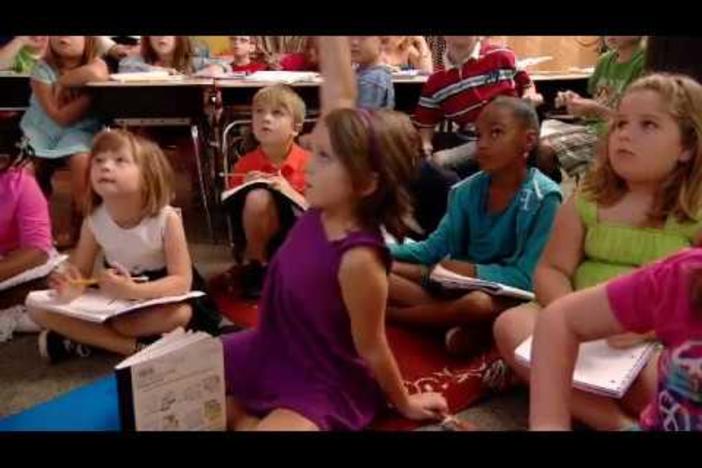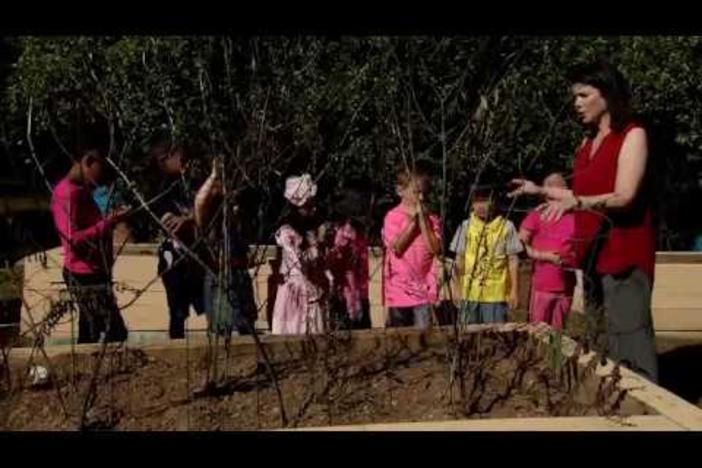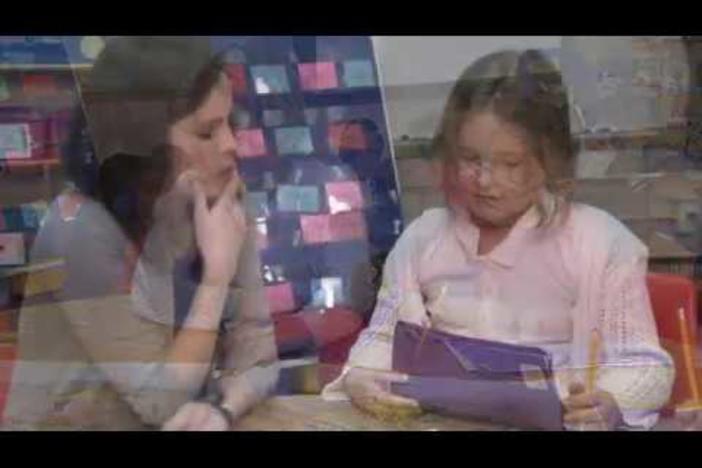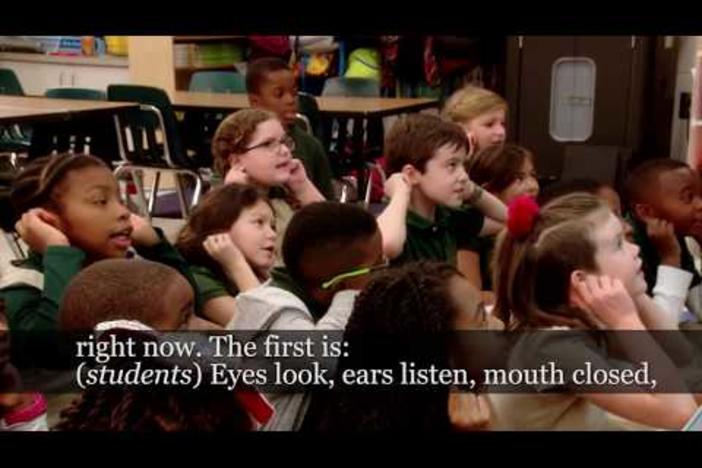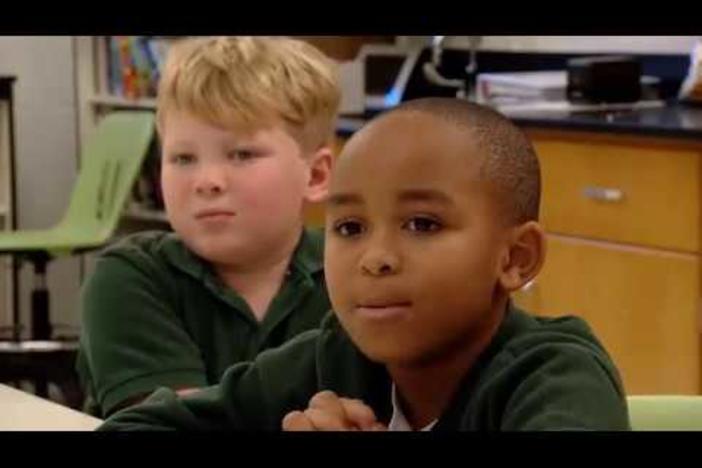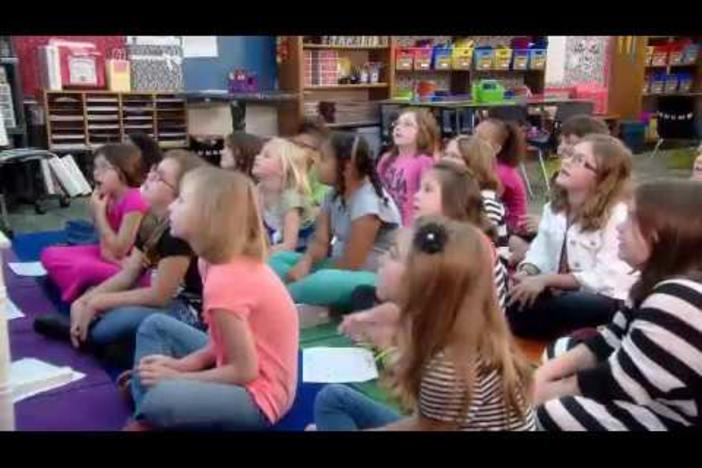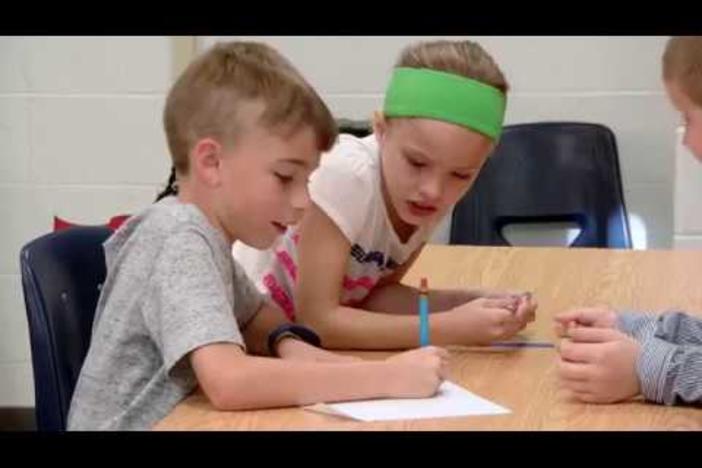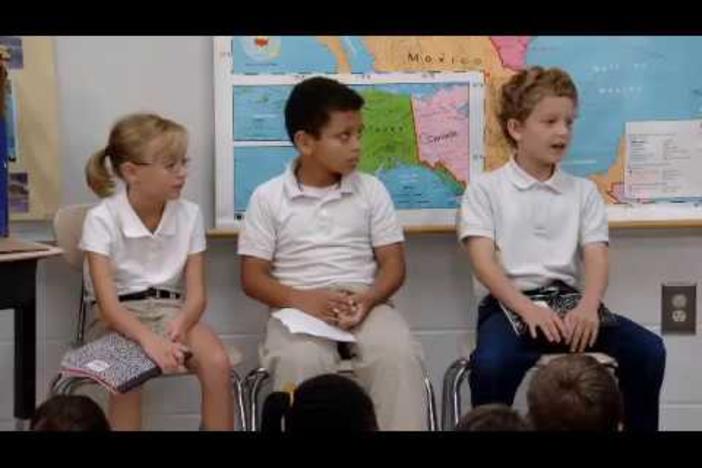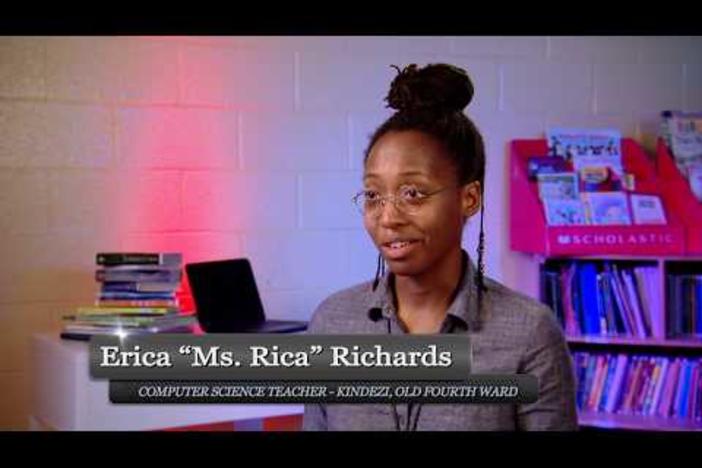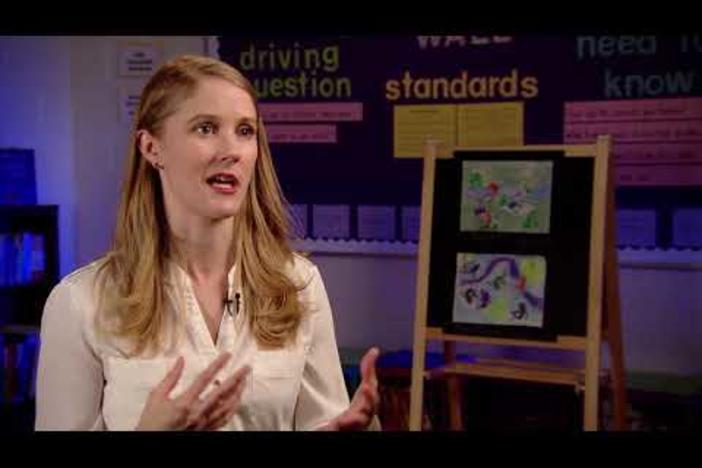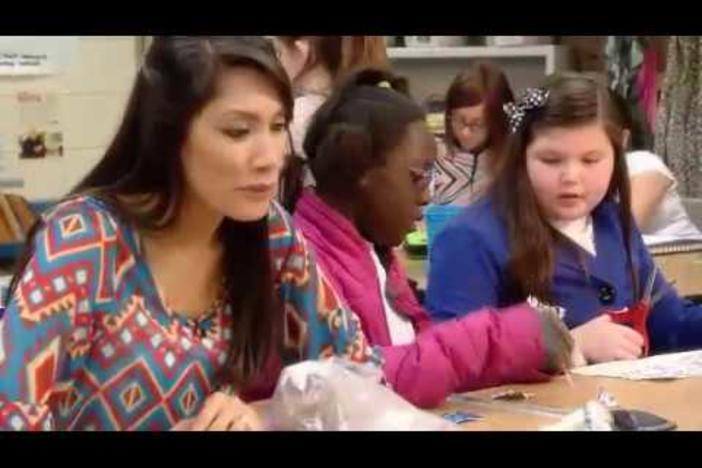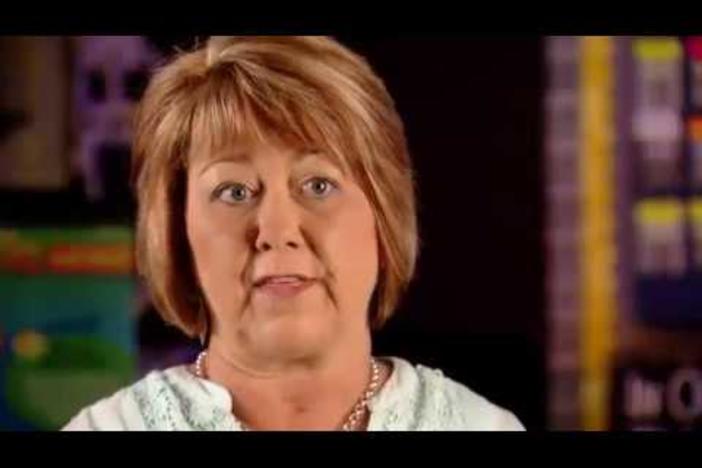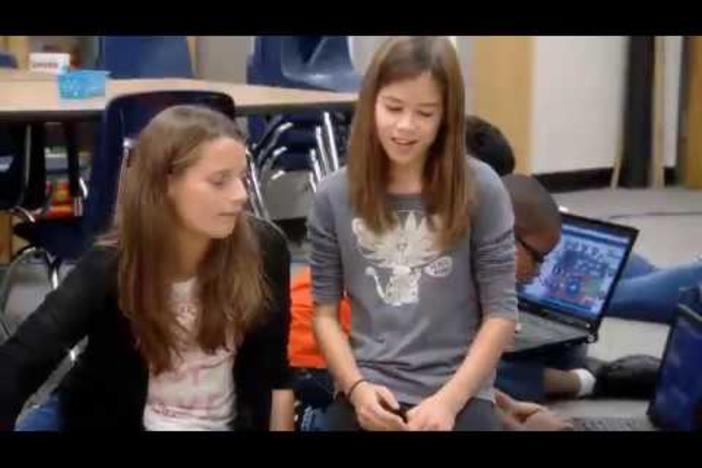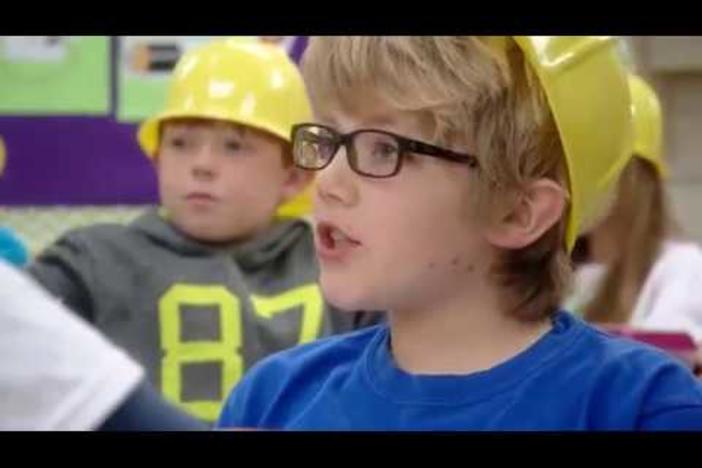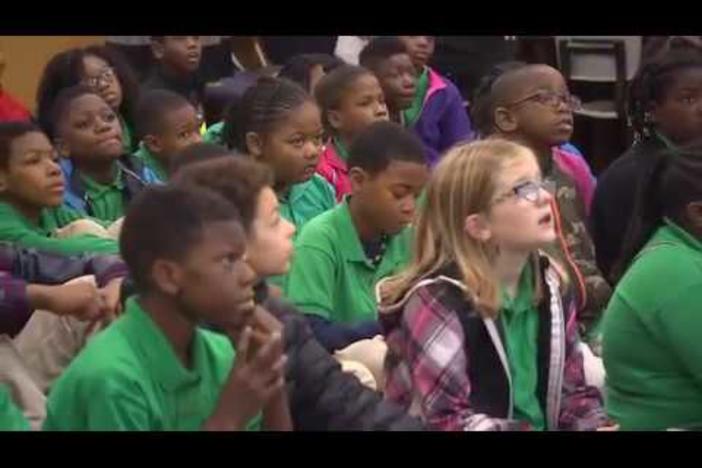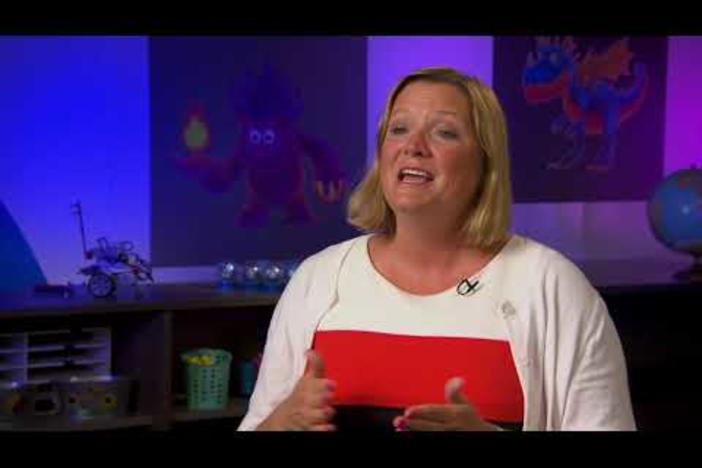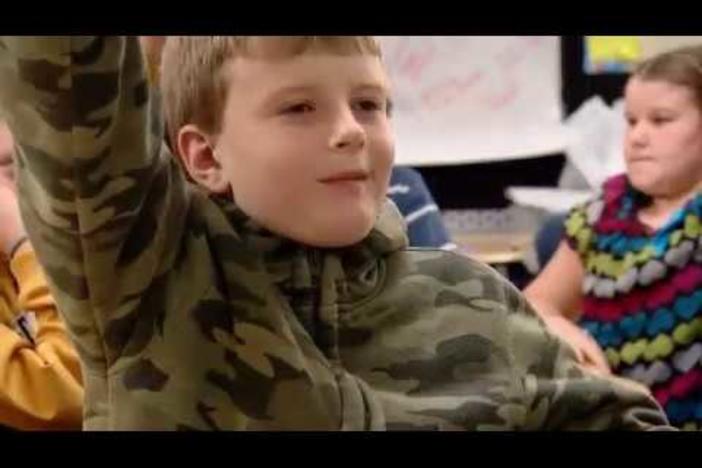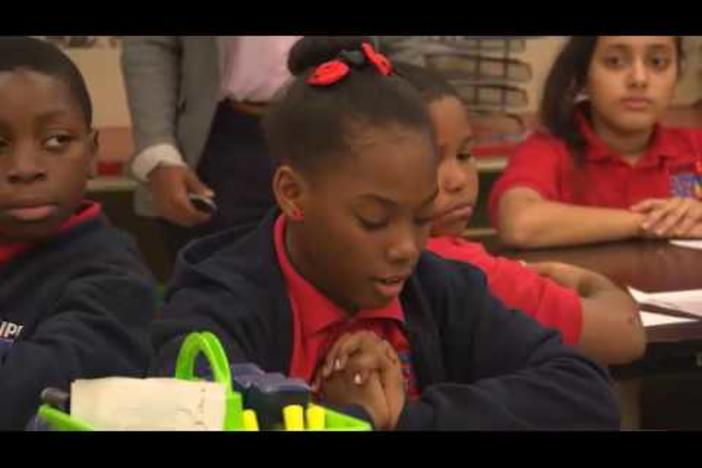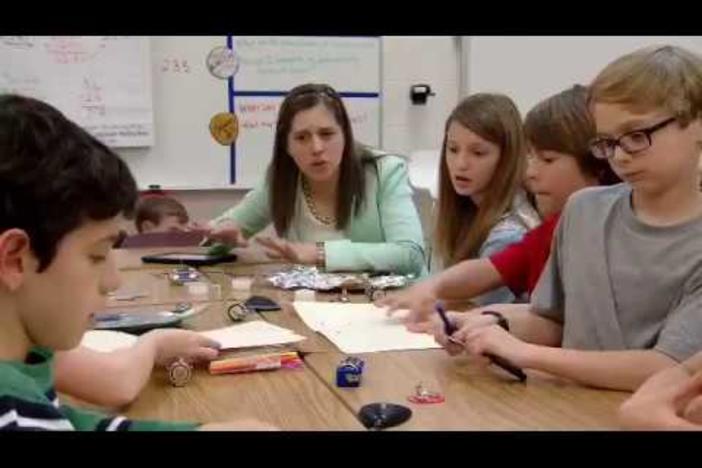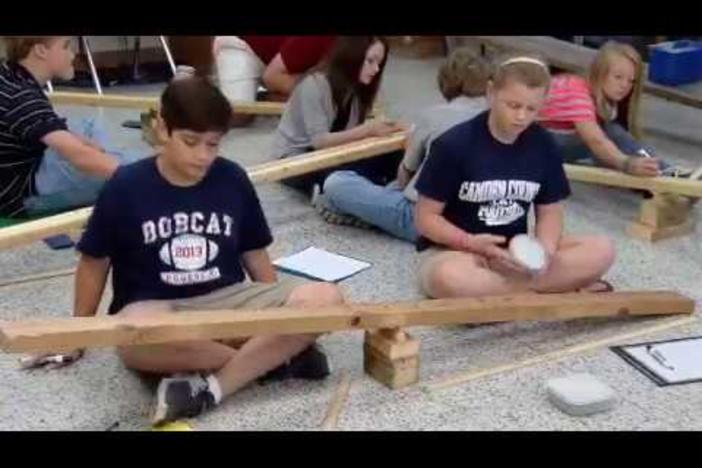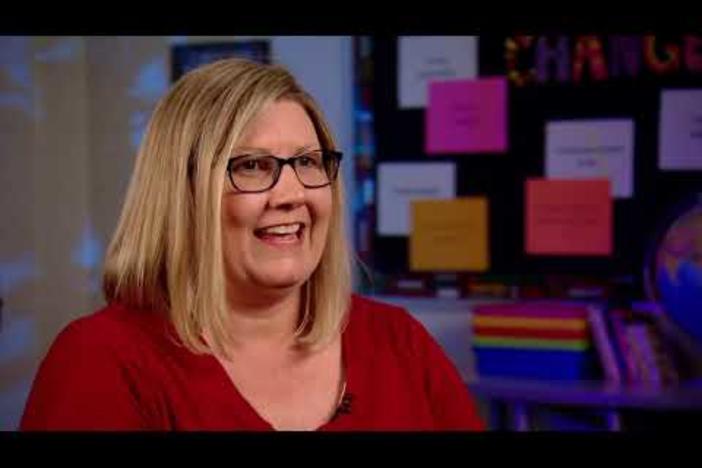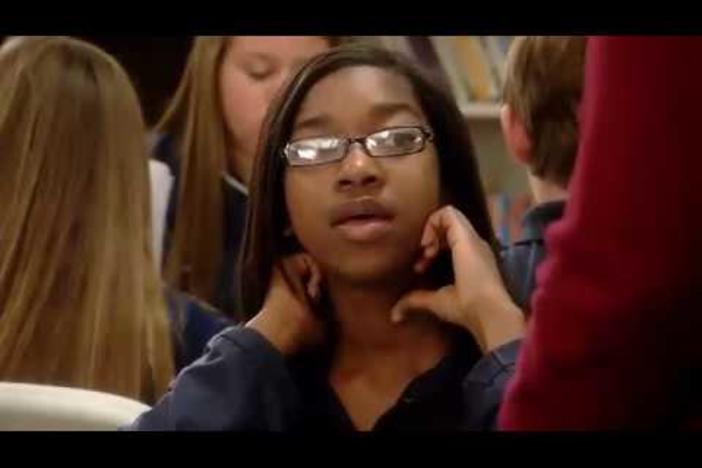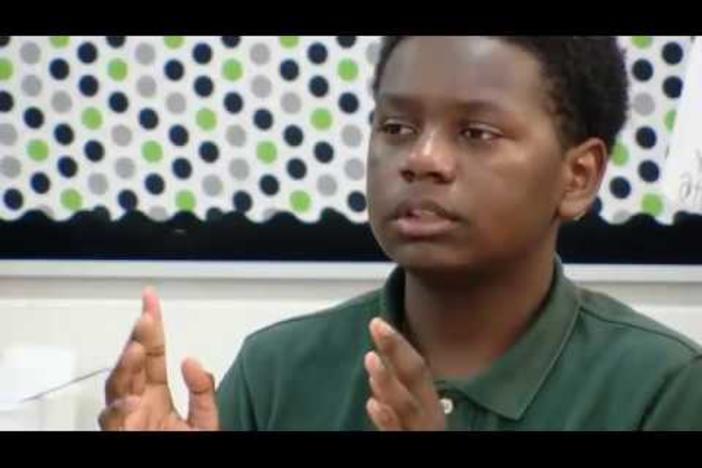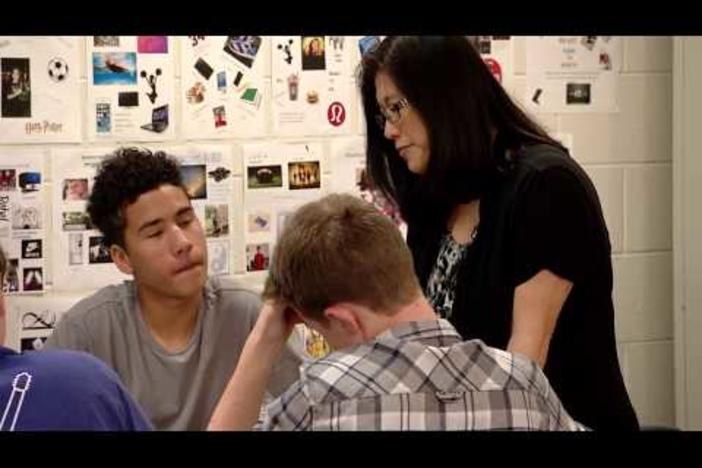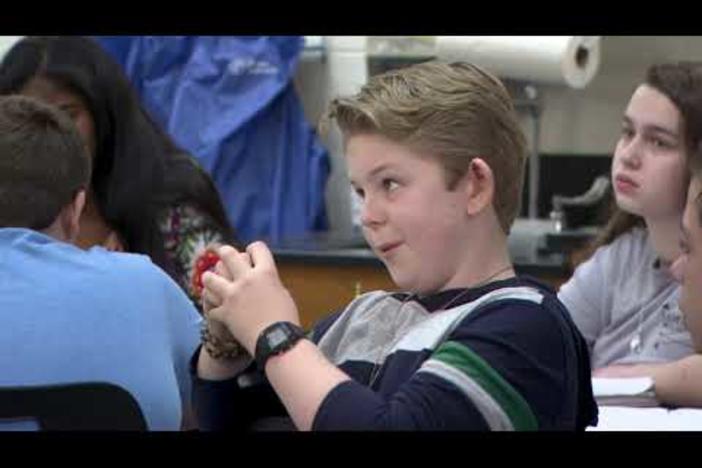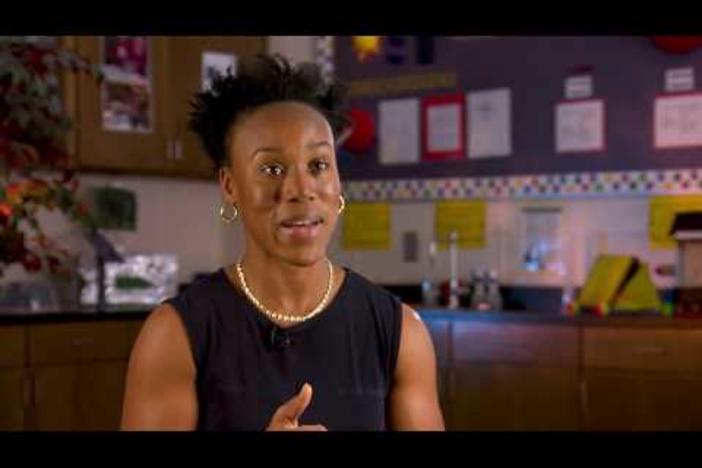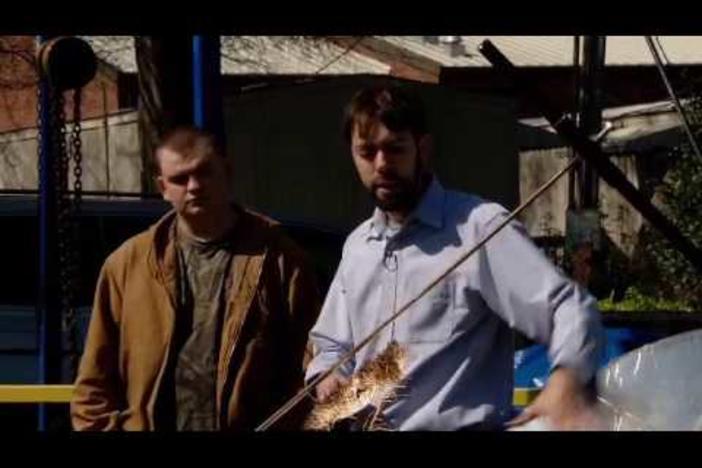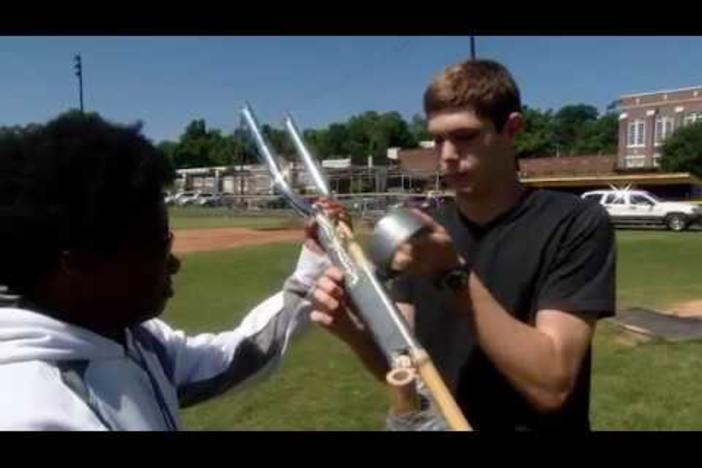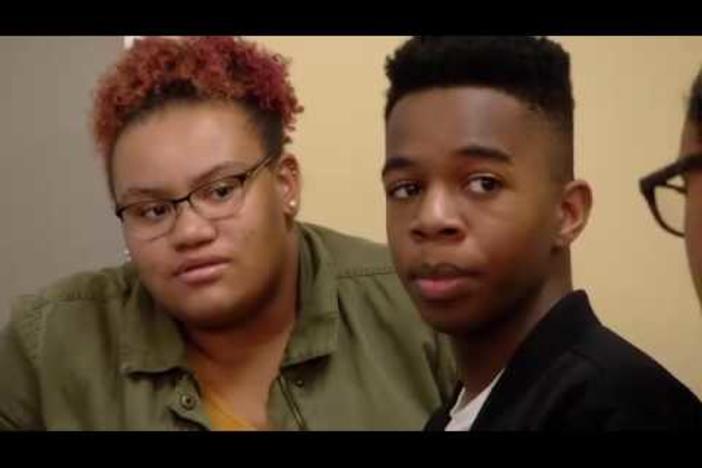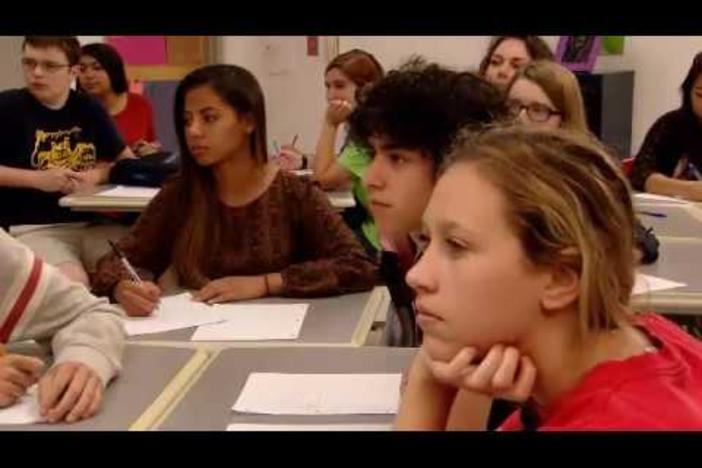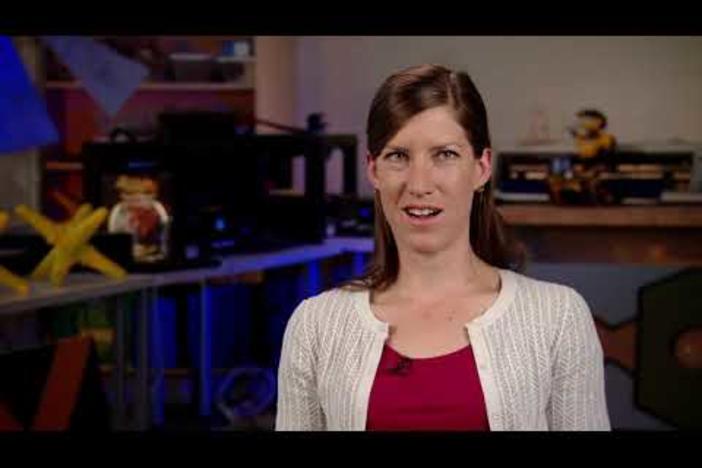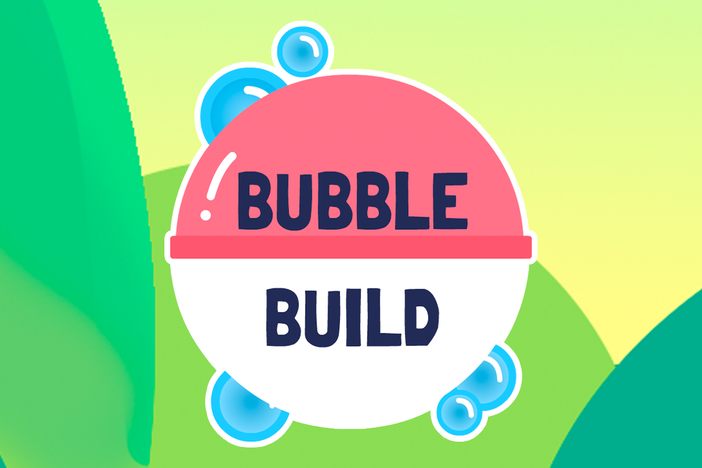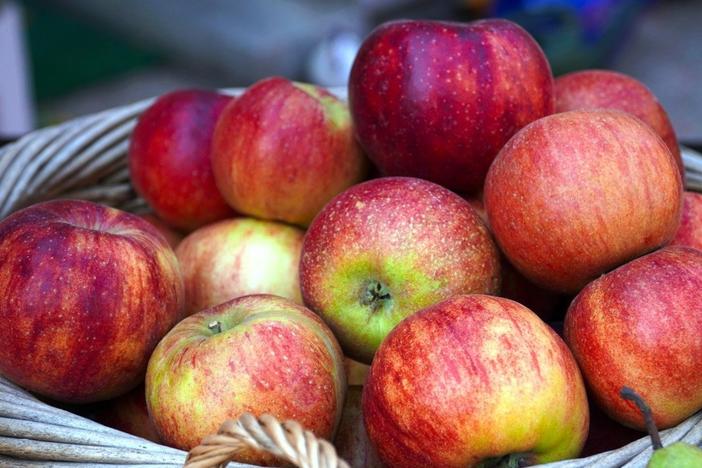How Does Weather Impact The Way We Grow Food?
This unit uses project-based learning activities to help students investigate the driving question: how have new technologies in farming and weather prediction impacted the way we grow food today? Throughout the unit, students will engage in activities that require them to apply measurement skills, collect and analyze data, and apply knowledge of numbers and operations in base ten. This unit also requires students to collaborate, research, compare the content and quality of resources, and use the information they collect to make decisions and defend their findings to an audience.
How Does Weather Impact The Way We Grow Food?
This unit uses project-based learning activities to help students investigate the driving question: how have new technologies in farming and weather prediction impacted the way we grow food today? Throughout the unit, students will engage in activities that require them to apply measurement skills, collect and analyze data, and apply knowledge of numbers and operations in base ten. This unit also requires students to collaborate, research, compare the content and quality of resources, and use the information they collect to make decisions and defend their findings to an audience.
English Arts
With prompting and support, read prose and poetry of appropriate complexity for grade 1.
Write opinion pieces in which they introduce the topic or the name of the book they are writing about, state an opinion, supply a reason for the opinion, and provide some sense of closure.
Write informative/ explanatory texts in which they name a topic, supply some facts about the topic, and provide some sense of closure.
Write narratives in which they recount two or more appropriately sequenced events, include some details regarding what happened, use temporal words to signal event order, and provide some sense of closure.
*(Begins in grade 3).*
With guidance and support from adults, focus on a topic, respond to questions and suggestions from peers, and add details to strengthen writing as needed.
With guidance and support from adults, use a variety of tools to produce and publish writing, including digital tools and collaboration with peers.
Participate in shared research and writing projects (e.g., exploring a number of "how-to" books on a given topic and use them to write a sequence of instructions).
With guidance and support from adults, recall information from experiences or gather information from provided sources to answer a question.
Participate in collaborative conversations with diverse partners about grade 1 topics and texts with peers and adults in small and larger groups.
Ask and answer questions about key details in a text read aloud or information presented orally or through other media.
Ask and answer questions about what a speaker says in order to gather additional information or clarify something that is not understood.
Mathematics
Order three objects by length; compare the lengths of two objects indirectly by using a third object.
Express the length of an object as a whole number of length units, by laying multiple copies of a shorter object (the length unit) end to end; understand that the length measurement of an object is the number of same-size length units that span it with no gaps or overlaps. (Iteration)
Organize, represent, and interpret data with up to three categories; ask and answer questions about the total number of data points, how many in each category, and how many more or less are in one category than in another.
Count to 120, starting at any number less than 120. In this range, read and write numerals and represent a number of objects with a written numeral.
Understand that the two digits of a two-digit number represent amounts of tens and ones. Understand the following as special cases:
Add within 100, including adding a two-digit number and a one-digit number and adding a two-digit number and a multiple of ten (e.g., 24 + 9, 13 + 10, 27 + 40), using concrete models or drawings and strategies based on place value, properties of operations, and/or relationship between addition and subtraction; relate the strategy to a written method and explain the reasoning used.
Measure the length of an object by selecting and using appropriate tools such as rulers, yardsticks, meter sticks, and measuring tapes.
Estimate lengths using units of inches, feet, centimeters, and meters.
Measure to determine how much longer one object is than another, expressing the length difference in terms of a standard length unit.
Use addition and subtraction within 100 to solve word problems involving lengths that are given in the same units, e.g., by using drawings (such as drawings of rulers) and equations with a symbol for the unknown number to represent the problem.
Generate measurement data by measuring lengths of several objects to the nearest whole unit, or by making repeated measurements of the same object. Show the measurements by making a line plot, where the horizontal scale is marked off in whole-number units.
-
About the Teacher
Amanda Cavin
Unity Grove Elementary
Henry County SchoolsAmanda Cavin is currently a first grade teacher at Unity Grove Elementary in Locust Grove, Georgia. She holds a B.A. from Samford University, a Masters of Special Education from University of Georgia, and an education specialist degree in teacher leadership from Piedmont College. She has taught third grade, preschool and first grade. Her best piece of teaching advice is to have the courage to take risks with practices that increase student engagement, utilize creative resources, and use social media to connect with educators beyond your district for collaboration.
